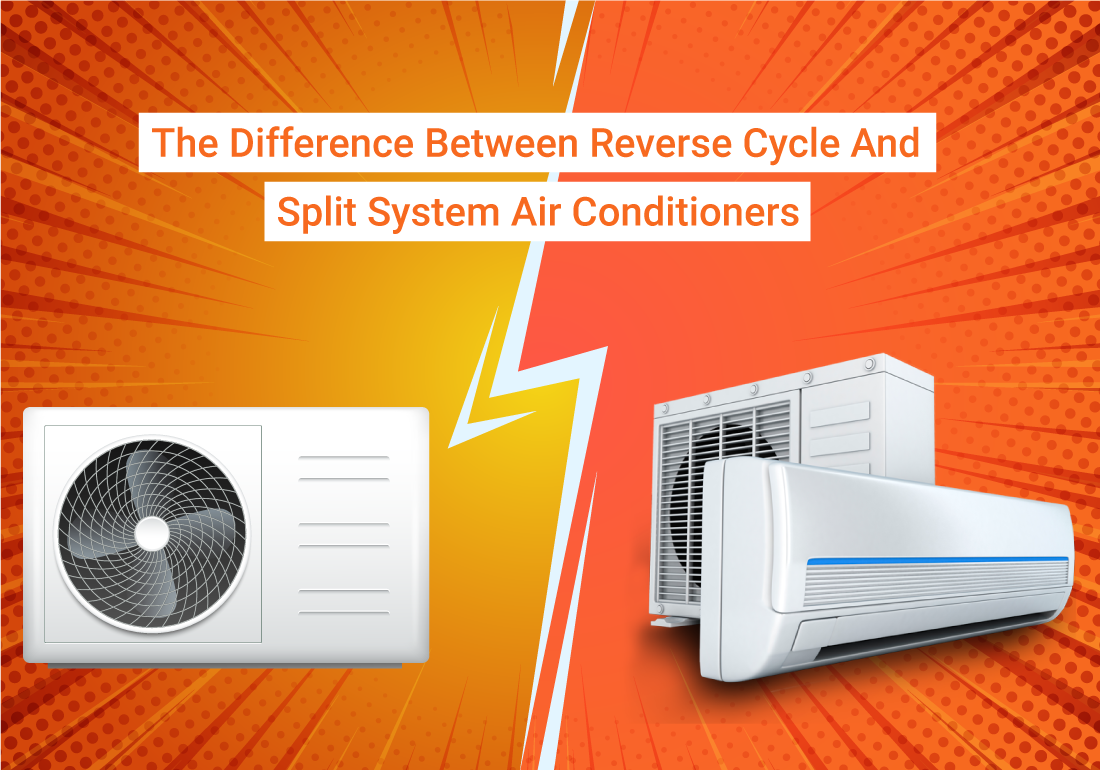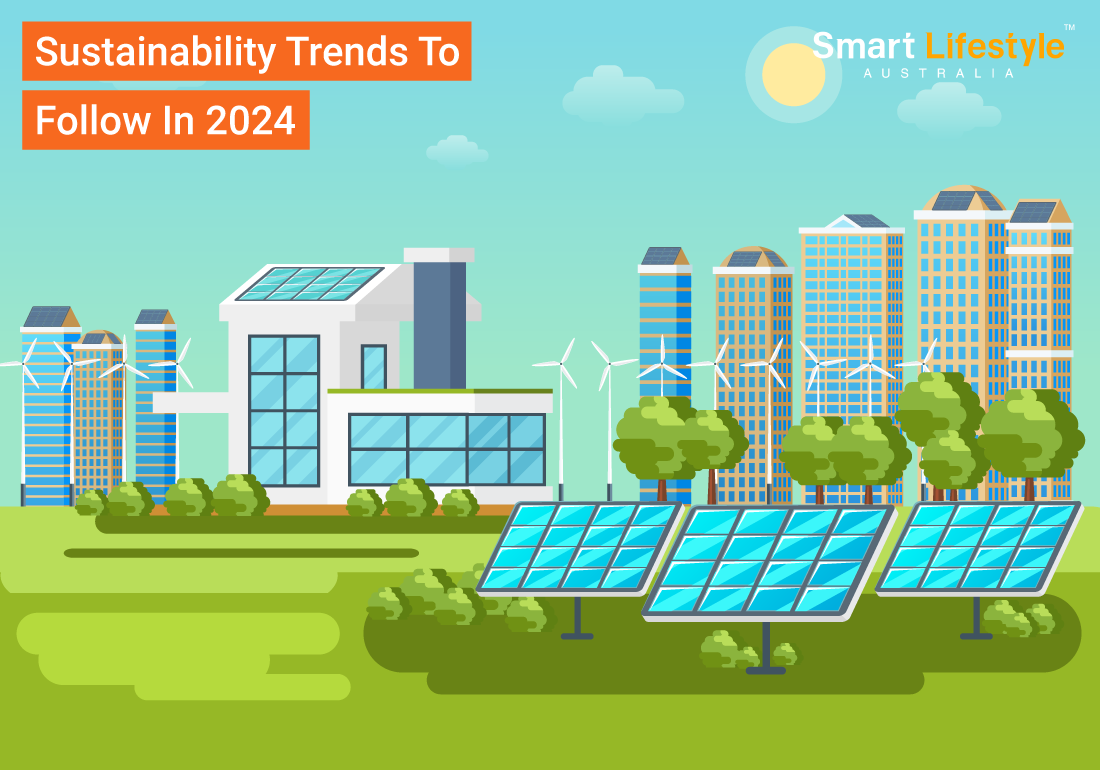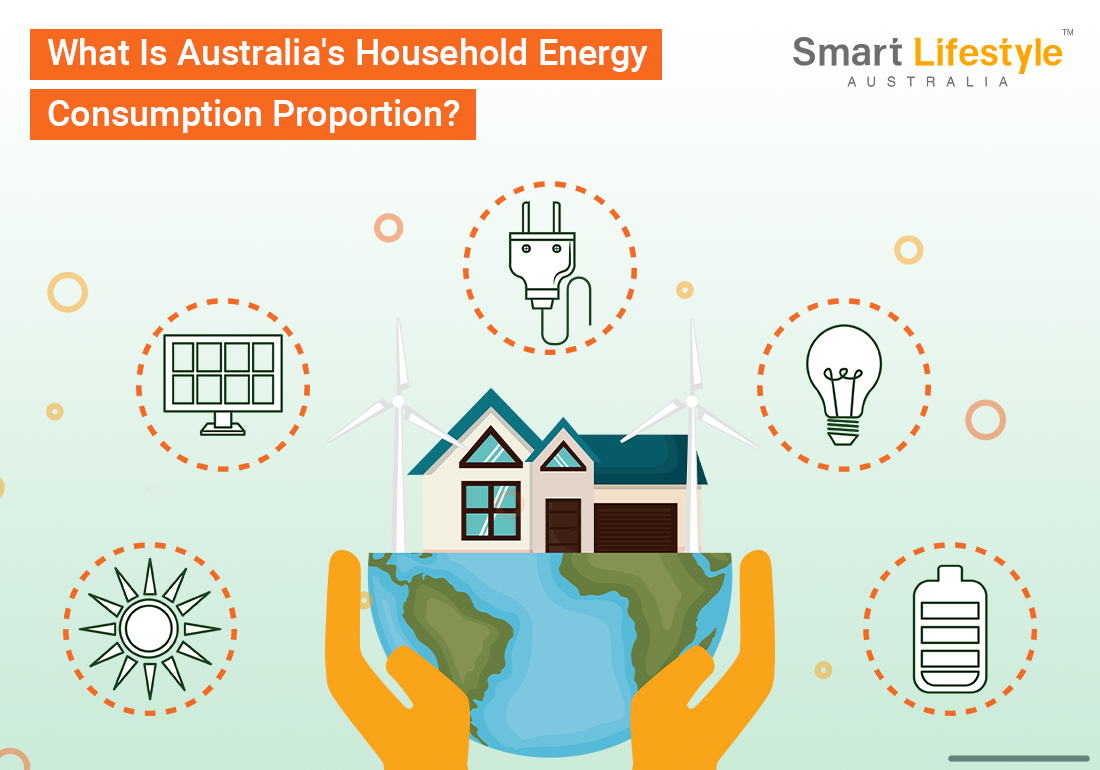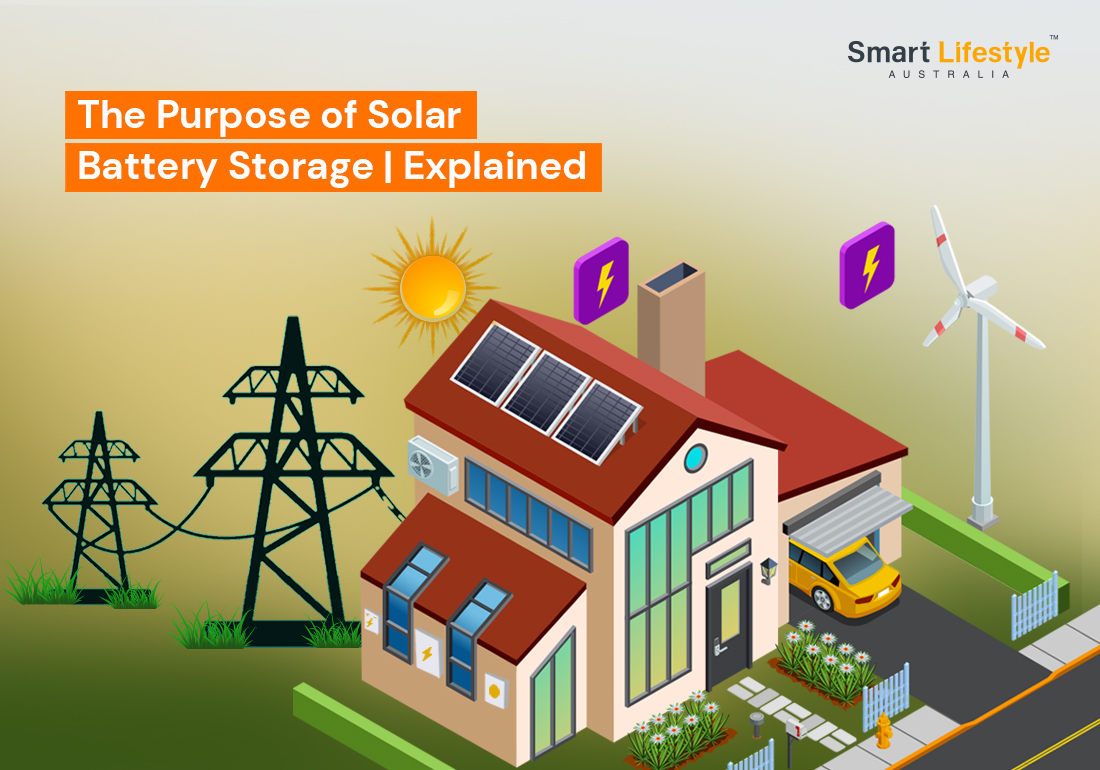Air conditioners help keep us comfortable in our homes, offices, and cars. No matter what the weather is like outside, it comforts us according to our needs.
With their ability to regulate temperature and humidity, air conditioners play a crucial role in providing relief from extreme weather conditions year-round.
And today we will learn about the difference between reverse cycle and split system air conditioners. These two air conditioners are the most popular and front-runners in Australia
Reverse-Cycle Air Conditioner
This special air conditioner does two jobs in one. It can both cool and warm up your place. So, no matter the season, your home will stay cozy. It’s perfect at doing its job efficiently compared to other systems.
When it’s hot, it takes the heat from inside your home and sends it outside to cool things down. But when it’s chilly, it reverses the process, bringing heat from outside into your home.
That means, even when it’s freezing outside, there’s still some heat out there to bring in. You can find reverse cycle air conditioners in two types: ducted and split systems.
How Does A Reverse-Cycle Air Conditioner Function?
Absorbing Heat:
In cooling mode, the system works like a regular air conditioner. It absorbs heat from inside your home using a refrigerant. This refrigerant absorbs the heat and evaporates into a gas.Reversing the Cycle:
When you switch to heating mode, the system reverses the flow of the refrigerant. Instead of absorbing heat from the inside, it extracts heat from the outside air, even in cold temperatures. This heat exchange process is possible because there is still some heat energy present in the outdoor air, even when it’s cold.Heat Distribution:
The absorbed heat from outside is then transferred indoors using the same refrigerant cycle. The heat is released inside your home through the indoor unit’s coils, warming up the indoor air.Air Circulation:
The indoor fan then circulates the warmed air throughout your home, providing comfortable heating during colder weather.Efficiency:
Reverse cycle air conditioning is often more energy-efficient than other heating methods because it doesn’t generate heat but rather transfers it from one place to another. This can result in cost savings on energy bills. By reversing the refrigerant flow, reverse-cycle air conditioning systems provide both cooling and heating capabilities, making them versatile and suitable for year-round use.Split-System Air Conditioner
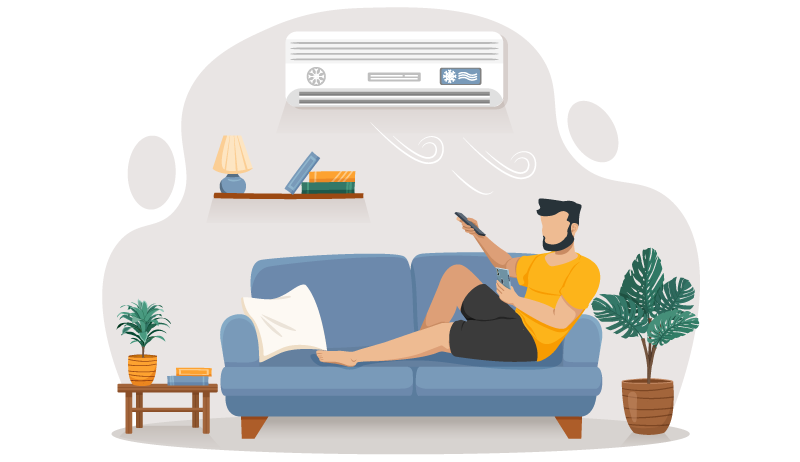
A split air conditioner is a type of air conditioning system that consists of two main units: an indoor unit and an outdoor unit.
The indoor unit is usually mounted on a wall inside the room or area to be cooled, while the outdoor unit is typically placed outside the building. These units are connected by refrigerant lines and electrical wiring.
The indoor unit contains the cooling coil, fan, and air filter, while the outdoor unit houses the compressor, condenser coil, and fan.
The indoor unit absorbs heat from the room air and transfers it to the outdoor unit, where it is released into the outside air. This process cools the indoor air.
Split air conditioners are popular because they are efficient, and quiet, and can be used to cool individual rooms or multiple rooms by installing multiple indoor units connected to a single outdoor unit.
They are commonly used in residential, commercial, and institutional buildings for cooling purposes.
How Does a Split-System Air Conditioner Work?
Indoor Unit:
This unit is installed inside your home, typically on a wall. It contains the evaporator coil, which is responsible for absorbing heat from the indoor air. A fan inside the indoor unit blows air over the evaporator coil, cooling it down.Outdoor Unit:
The outdoor unit is usually located outside the building. It contains the compressor, condenser coil, and a fan. The compressor pressurizes the refrigerant gas, causing it to become hot. As the hot gas travels through the condenser coil, it releases heat into the outdoor air, causing the gas to condense into a liquid.Refrigerant Circulation:
The cooled liquid refrigerant then travels through copper tubing to the indoor unit. Inside the indoor unit, the expansion valve reduces the pressure of the liquid refrigerant, causing it to evaporate into a gas once again. This process absorbs heat from the indoor air, cooling it down.Air Circulation:
The indoor fan blows air over the cooled evaporator coil, and this cooled air is then circulated throughout your home via ducts or simply by the unit’s positioning.Cycle Continues:
The refrigerant continues to cycle between the indoor and outdoor units, absorbing heat from inside and releasing it outside, thus cooling down the indoor air. By repeating this cycle, a split system air conditioner can effectively cool down the air inside your home, keeping you comfortable even on hot days. Some split systems also have a reverse cycle feature, allowing them to provide heating as well as cooling by reversing the direction of refrigerant flow.Difference Between Reverse Cycle And Split System Air Conditioners
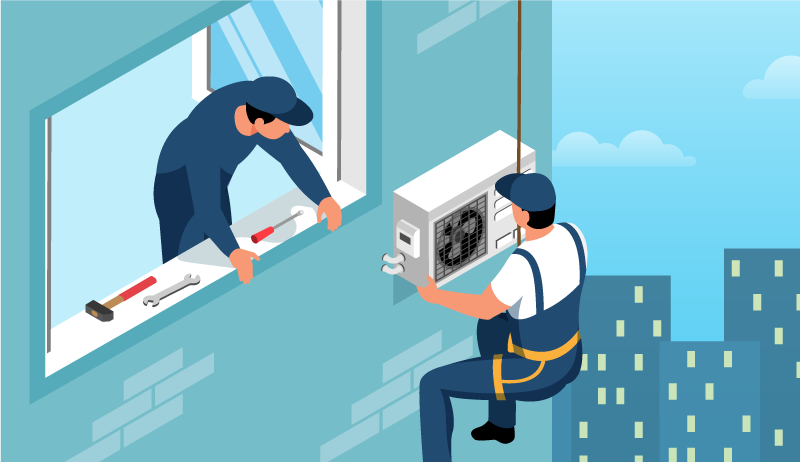
Reverse-Cycle
- Does both heating and cooling.
- Can absorb heat from outside to warm your home during winter.
- Works by reversing the refrigerant flow.
- Suitable for year-round use.
- Great for areas with fluctuating temperatures.
Split-System
- Can be either cooling-only or reverse-cycle.
- Cooling-only units can only cool your home.
- Reverse-cycle units can both cool and heat your home.
- Consists of two units: indoor and outdoor.
- Usually installed on a wall inside and outside the home.
- Suitable for year-round use
How to Pick the Perfect A/C System?
Selecting the perfect system depends on your personal needs and requirements. Although getting Smart Lifestyle, Australia’s split system can provide you with best of the both worlds.
Our split-system air conditioners are like all-season superheroes. These will keep you cool in summer and warm in winter. You can use them either just for cooling or for both cooling and heating, depending on the type you choose.
Why Should You Choose Smart Lifestyle Australia for Split Air Conditioners?
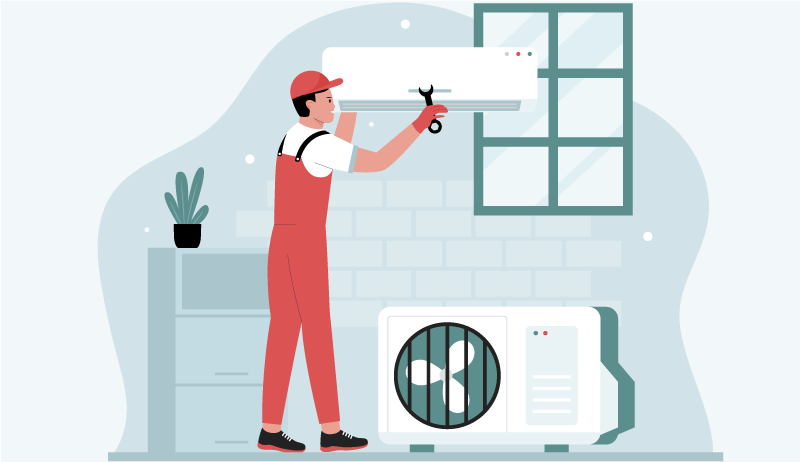
Our SLA air conditioner has some amazing features. And it will undoubtedly make you select the products.
Let’s get a glimpse of these features:
Energy Efficient
Energy efficiency is a core design element for all SLA air conditioners. Maintain your ideal comfort levels with less energy and save on your electricity bills.
5 Fan Speed
From Turbo Mode to gentle breeze, choose the airflow to suit your needs. Experience improved control over your room comfort with 5 fan speed options.
Super Quiet Operation
Through efficient energy usage. SLA split system air conditioners maintain a low noise profile across the whole range. Enjoy whisper-quiet operation as it keeps you comfortable, all year round.
Filter Cleaning Reminder
Never forget filter cleaning again! Receive handy reminders when it comes time to clean the filter and ensure the air in your room is always as fresh as can be.
30 Seconds Fast Cooling
The SLA AI Ultra Inverter air conditioner ensures rapid cooling air and brings down air outlet temperature from 27 degrees to 18 degrees in just 30 seconds.
Ultra Inverter
Ultra-Inverter Compressor technology designed by SLA for Ultra-low frequency operation.
R32 Refrigerant
The R 32 refrigerants are more efficient than R 22 and R 410. Its Global Warming Potential is also 30% lower than R 410.
Silver ION Filter
The Silver Ion Filter in SLA air conditioners ensures that air inside the room is free of bacteria and fungi.
To get the amazing air-con, contact Smart Lifestyle Australia.
